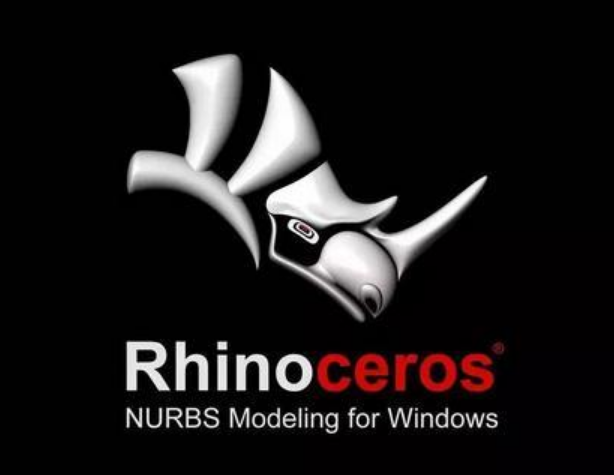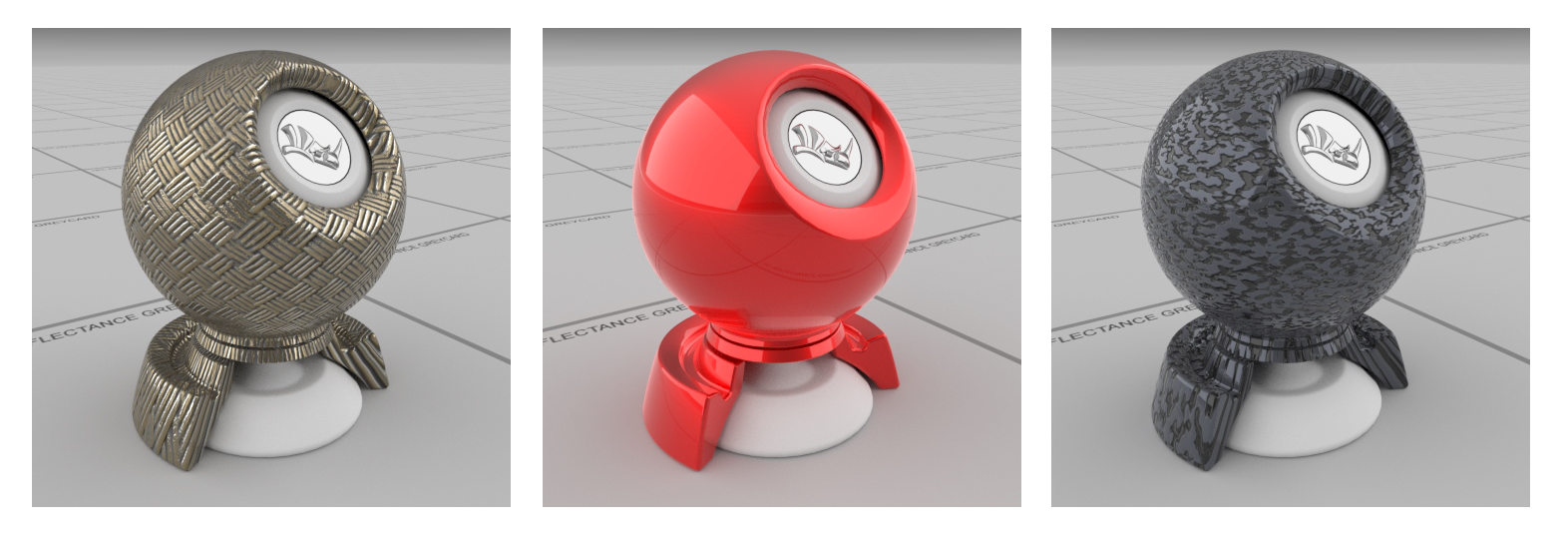Introduction

Rhino can create, edit, analyze, record, render, animate and convert NURBS curves, surfaces, solids, subdivision geometry (SubD), point clouds and Polygon mesh. As long as hardware conditions permit, it is not limited by complexity, order, or size.
The main features include:
Unconstrained free form 3D modeling tool. In the past, you could only find these tools in the same type of software priced 20 to 50 times. Rhino can create any shape you can imagine.
Accuracy, fully meeting the needs of various types such as design, rapid prototyping, engineering, analysis, and manufacturing, can be achieved with precision ranging from airplanes to jewelry, Rhino.
Good compatibility, compatible with other design, drafting, CAM, engineering, analysis, rendering, animation, and illustration software.
Read and repair grids and difficult IGES files.
1. Easy to learn and use, very easy to learn and use, allowing you to focus on design and imagination without having to be distracted by software operations.
2. High efficiency, without the need for special hardware devices, it can be executed even on ordinary laptops.
3. Development platform with hundreds of professional 3D modeling software.
4. Affordable, it is a conventional hardware that is fast to learn, affordable, and does not require maintenance costs.
5. Rhino for Mac: The world's most powerful 3D modeling software that can be used on macOS.
Modeling tools

drop: Point objects, point clouds, extracting points from objects, markers (intersection points, bisection points, draft angles, endpoints, closest points, focal points).
curve : Lines, multilines, multilines on grids, free curves, circles, arcs, ellipses, rectangles, polygons, spring lines, spirals, conies, TrueType text, interpolation points, control points (vertices), freehand curves.
Create a curve from an object : Through points, through multiple straight lines, extending curves, continuation curves, fillets, bevels, offsets, blends, arc blends, bi-directional projections, evenly divided curves, cross-sectional lines, intersecting lines, Nurbs surface and mesh equidistant cross-sectional lines/single cross-sectional lines, bounding curves, contour curves, extracted structural lines, extracted curvature shapes, straight projections, normal projections, pulled back curves, freehand drawn curves on surfaces/meshes, wireframes Separate shear curves, 2D images with dimensions and text annotations, and flatten unfoldable surfaces.
curved surface : From 3 or 4 points, from 3 or 4 lines, from Plane curve, from grid lines, rectangular planes, deformable planes, extrudes, ribbons, lofting, tangent connection lofting, unfolded surfaces, monorail sweeps that maintain edge connectivity, dual rail sweeps that maintain edge continuity, rotates, rotates along the path, evenly divides surfaces, blends, inlays, curtains, dot grids, image grayscale height, fillets, bevels, offsets, and establishes a flat plane through points TrueType and Unicode (double byte) text.
entity : Cube, sphere, cylinder, cylindrical tube, circular tube, cone, flat topped cone, pyramid, flat topped pyramid, ellipse, ring, extrude Plane curve, extrude surface, cap plane hole, composite surface, merge non popular edges, TrueType text, Unicode text
grid : From NURBS objects, from closed multilines, mesh faces, planes, cubes, cylinders, cones, and spheres.
Rhino 7 has made some improvements to existing tools and new instructions:
в‘ SubD : For designers who need to quickly explore free form shapes, SubD is a new geometric type that can create editable, high-precision shapes. Unlike other geometric types, SubD can maintain free form accuracy while also allowing for quick editing.
в‘Ў BlendSrf : Adding a fine check box can avoid creating overly simple blended surfaces.
в‘ў Revolve : When the construction history is enabled, the endpoint of the rotation axis can be captured onto the object using object lock points.
в‘Ј MatchSrf : Allow editing of control points that connect surfaces while constructing a history lock.
в‘Ө DupBorder : Added support for construction history.
в‘Ҙ FilletSrf : Now there is a G2 option
Edit

Tools: Delete, delete duplicate objects, combine, merge, trim, cancel construction, split, explode, extend, fillet, bevel, object properties, construction historyгҖӮ
Change tools: Cut, copy, paste, move, rotate, mirror, scale, extend, align, array, twist, bend, taper, tilt, offset, position, flow along curves, pull back, project, block edit, flatten, unfold.
Points and curves: Control points, edit points, joystick, smoothing, leveling, modifying degree, adding/removing nodes, adding sharp points, reconstruction, re approximation, joining, simplifying, modifying weights, periodicity, adjusting endpoint breaks, adjusting seams, positioning curves to edges, converting to arcs, multiple lines, or line segments
curved surface: Control points, joysticks, degree modification, adding/removing nodes, joining, extending, merging, combining, canceling cuts, dividing surfaces with structural lines, reconstructing, retracting, periodizing, Boolean (union, difference, intersection), unfolding a single surface, along a curve array on a surface
entity: Edge Fillet, Extract Surface, Shell, Boolean (Union, Difference, Intersection)гҖӮ
grid: Explode, combine, fuse, unify normals, correspond to surfaces, reduce polygon facesгҖӮ
Interface

Interface: Coordinate display, floating/dockable command bar, recently used command pop-up menu, click type command option, automatic completion command line, user-defined pop-up command item, pop-up layer management, synchronous view, camera based view operation, matching picture perspective, settable middle mouse button menu, customizable icon and user's Working directory, customizable pop-up toolbar, transparent toolbar Associative right-click menu, dockable dialog box, support for multiple displays, Alt key copying, OpenGL hardware support, and anti aliasing display.
Modeling assistance: Unlimited restore and redo, multi-step restore and redo, precise numerical input, units including metric, imperial, and fractional, X, Y, Z point filters, object lock points, lock grid points, orthogonal mode, planar mode, named work plane, next/previous work plane, positioning work plane on curve, layer, layer filter, group, background bitmap, show/hide objects, display selected objects, Select objects by layer, select the frontmost object, select objects by color, select objects by object type, select the last created object, select the last selected object, switch between hiding and displaying objects, lock/unlock objects, unlock object selection, turn on/off object control/edit points, and close the control/edit points of the selected object
Rhino for Mac Use a familiar interface for macOS users.
Display

Ultra fast 3D image display, unlimited working window, shaded mode, working view, perspective working view, named working view, floating view, full screen display, display order support, two-point perspective, cross-sectional plane, and full scale 1:1 display model.
Rendering and rendering

High quality rendering plays a decisive role in the presentation of design projectsгҖӮ
Features include: Rhino renderer, supports mapping, bump, highlight, transparency, target spotlight, angle and direction control, point light, directional light, rectangular light, tubular light, shadow, custom resolution, real-time rendering preview ray tracing renderer, rotating disk, can output many common file formats renderer, supports plug-in renderer, supports setting up a renderer to save to file









